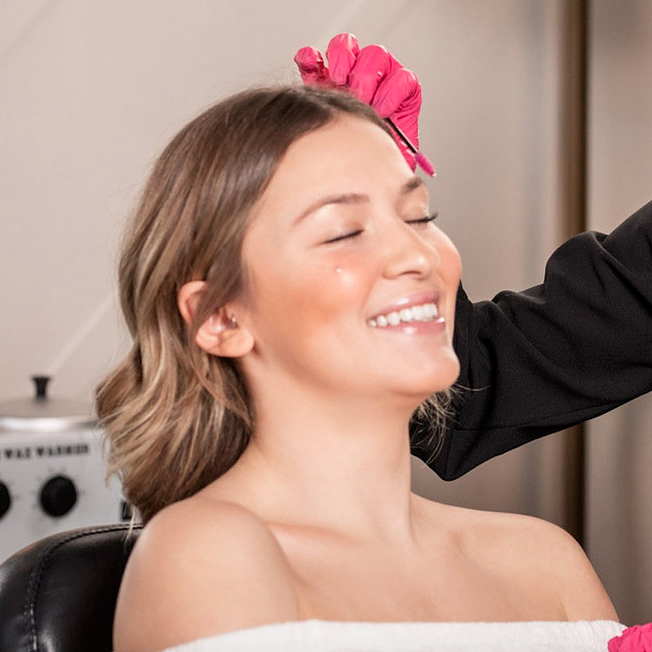When you start to notice the fine lines and wrinkles getting a little bit more obvious, you might start to wonder what else you can add to your skin care regimen. For most, a neuromodulator like Botox is a great option to keep those lines from carving in deeper and keep you looking your best.
Botox might seem scary but it doesn’t have to be. Here are some frequently asked questions and information to help prepare you to take the plunge.
 So what is Botox?
So what is Botox?
When we mention Botox, we are talking about neuromodulators but using the most common household name for the class. Also known as Dysport, Xeomin, or most recently, Jeuveau, they all contain the same active ingredient, onabotulinum toxin. All of these products are available at ATD Med Spa and are all approved for cosmetic use.
Dynamic lines are the creases that form in response to your expression in relation to your muscle movements. These are easily relaxed with Botox and can result in a smoother appearance to the face. Static lines are caused by loss of skin elasticity and can be a little more difficult to treat. Over time, Botox can soften the look of these lines but a more aggressive treatment regimen may be needed.
Is it safe?
Starting in the 1970s, botulinum injection was used for strabismus, or lazy eye with incredible results. The use of toxin spread to treatment of facial paralysis, migraines, excessive sweating, certain types of neuromuscular disorders, and, of course, fine lines and wrinkles.
How long does it take? Is there any down time?
Average appointment time is 30 minutes which makes a wrinkle relaxer a great lunch break treatment. During the appointment, we will take before pictures and make sure consents are signed. We will clean the areas to be treated and decide on the proper amount of units to achieve patient specific goals. After the toxin is administered, we use a product that discourages swelling and bruising on injection sites. Aftercare instructions are minimal but usually involve a break from heavy workouts, makeup, and face touching for the rest of the day.
Are there any side effects?
Botox is associated with few complications, most commonly bruising or bleeding at the injection site. Some patients will experience a dull headache. The least favorable results are when the toxin causes excessive weakening of the target muscle or affects a neighboring muscle. This can affect the appearance of the face with rest and expression.
With good technique and aftercare, the risks are small but remain possible. While small touchups can sometimes be made to adjust the result, more often the only treatment is time. The good news is that even “bad” Botox isn’t permanent, and as the effect of the toxin wears off, the treated area will return to its previous state.
What does it NOT treat?
One of the most common questions asked is the difference between neuromodulators and fillers. Neuromodulators will relax a muscle and can help to undo a wrinkle or two, but they will not add fullness. Chin, cheeks, or bigger lips? You’re going to need a filler.
Who shouldn’t get it?
Botox and the like aren’t for everybody. Those with certain neuromuscular disorders, on some medications (including certain antibiotics), or with active skin infection at the site shouldn’t undergo treatment. For pregnant or nursing women, there is lack of adequate data to ensure safety, so sorry mamas, you’ll have to wait.
Does it hurt?
The needle is tiny and injections are quick. From start to finish, the treatment is completed within minutes.
When will I see results? How long does it last?
You will begin to notice the treated area becomes tighter within a few days. Peak effect is reached in two weeks and can last anywhere from three to four months depending on the person. By keeping up with toxin appointments every three to four months, it will help maintain results over time.











